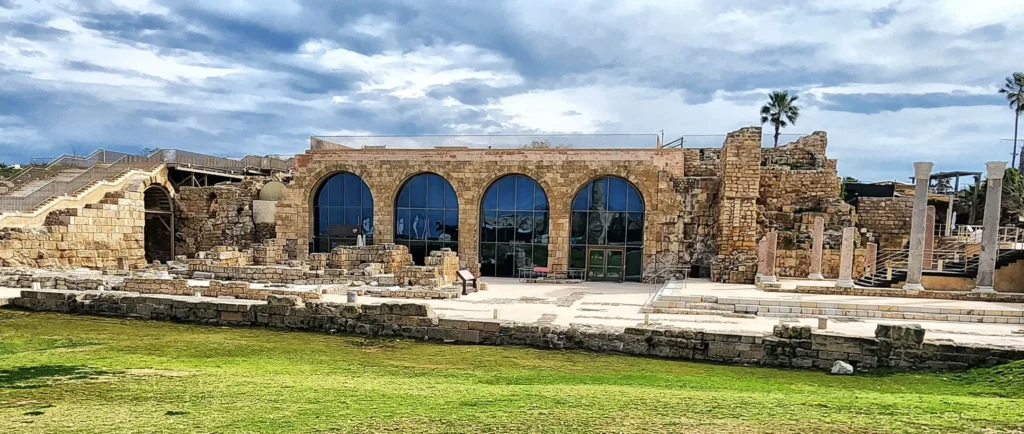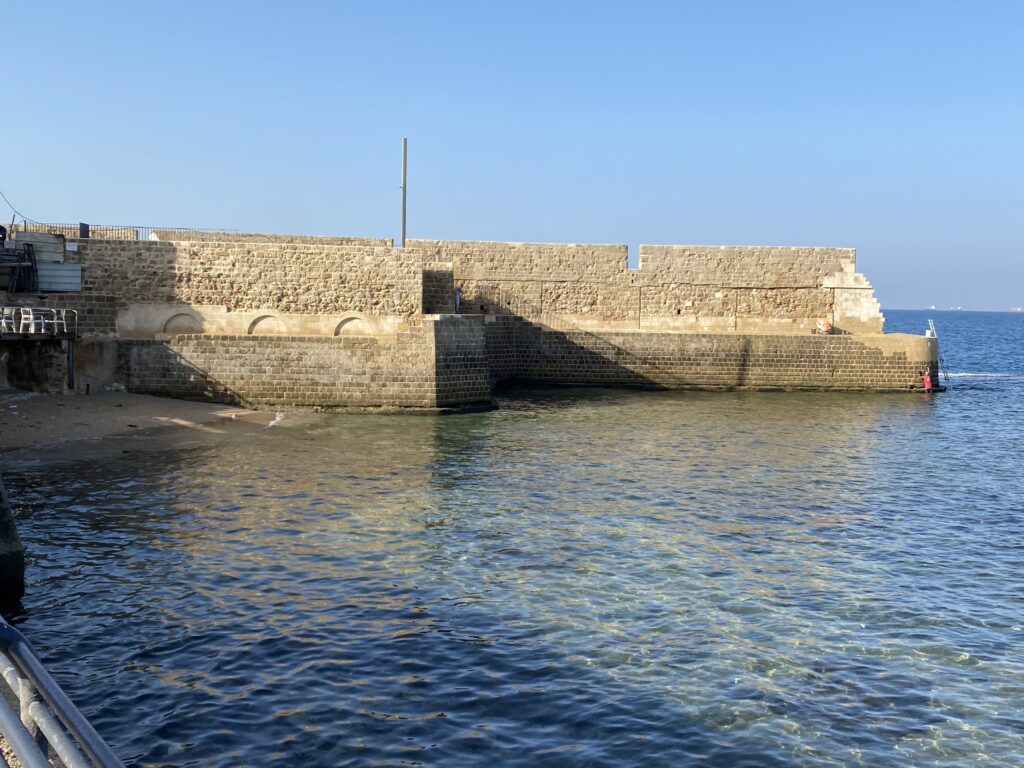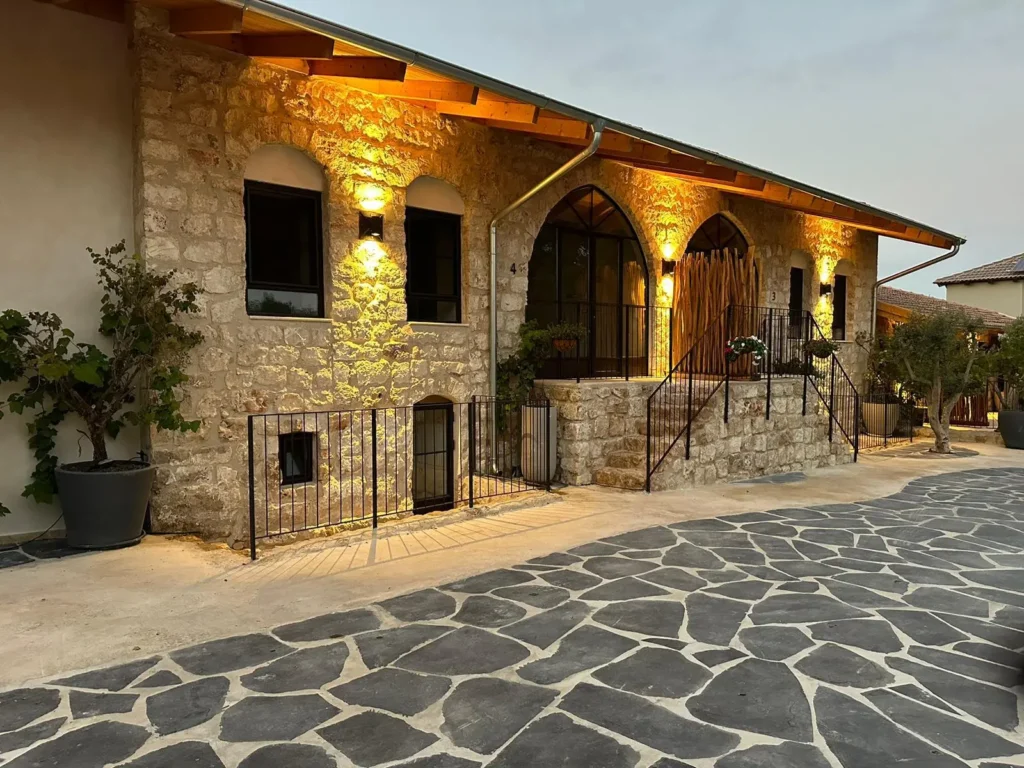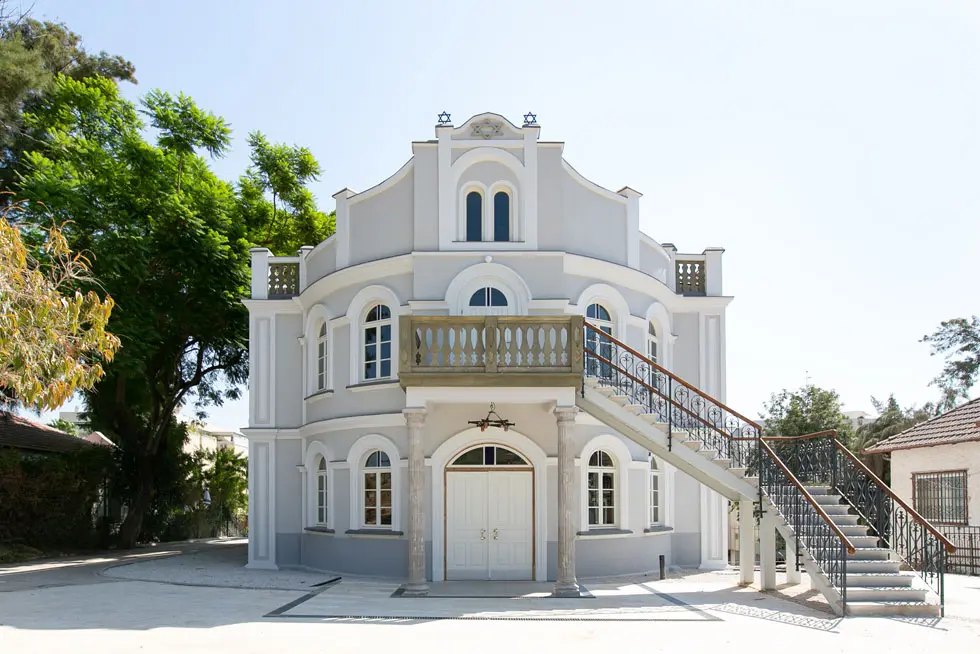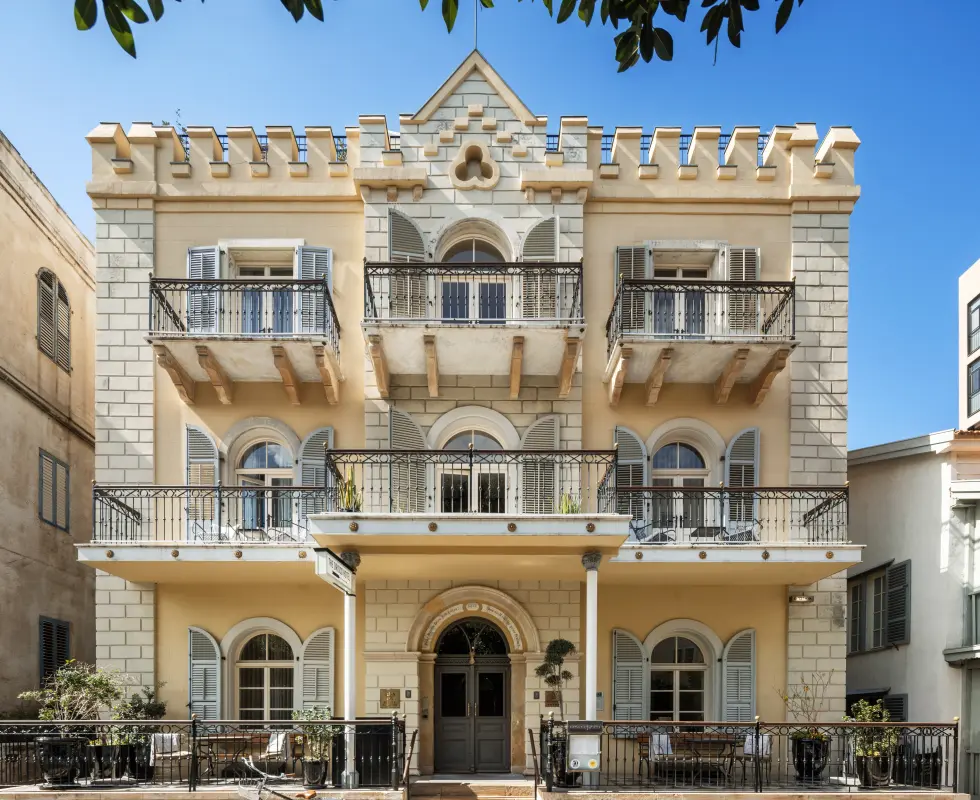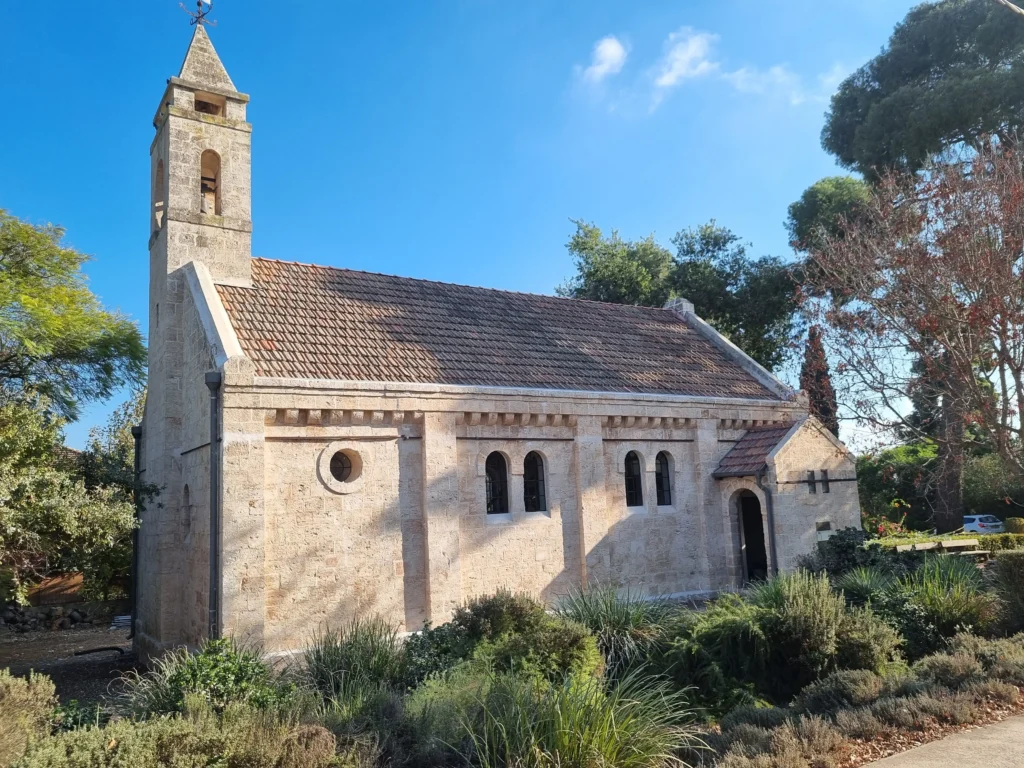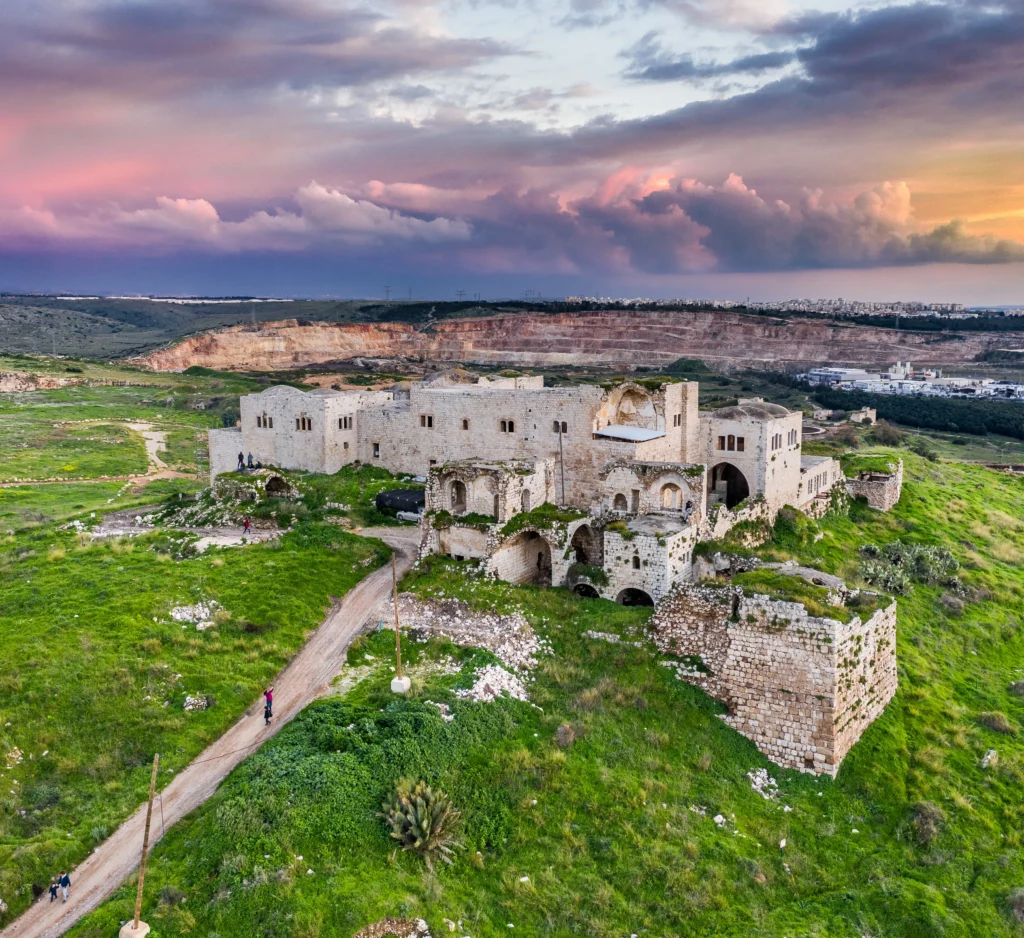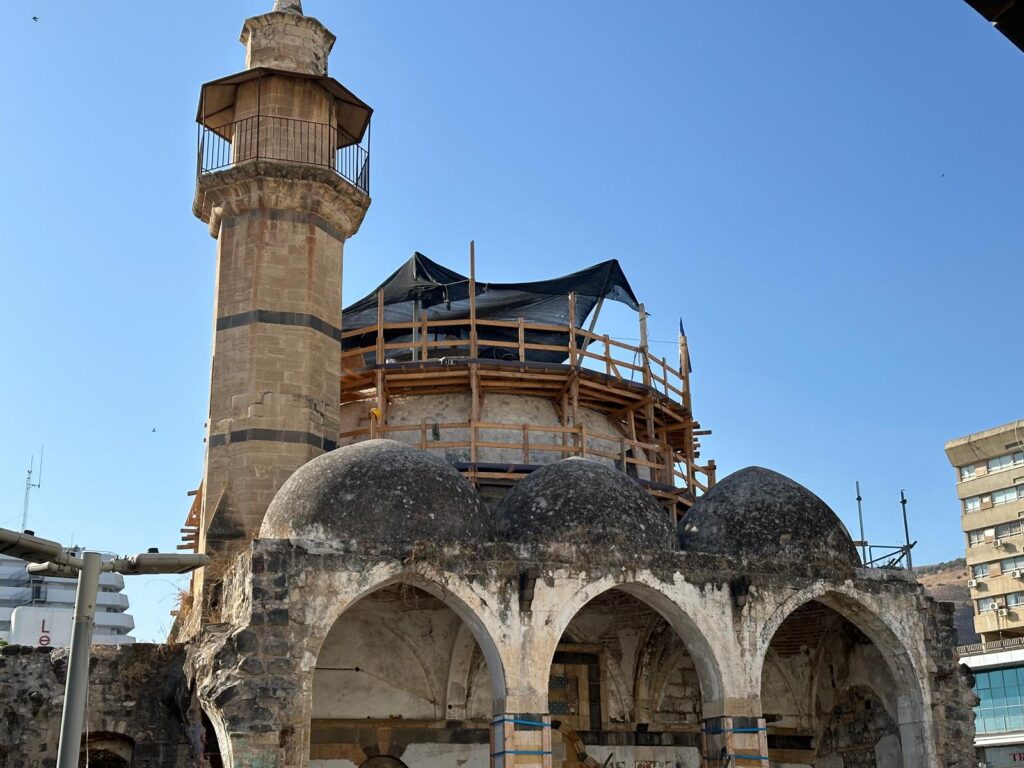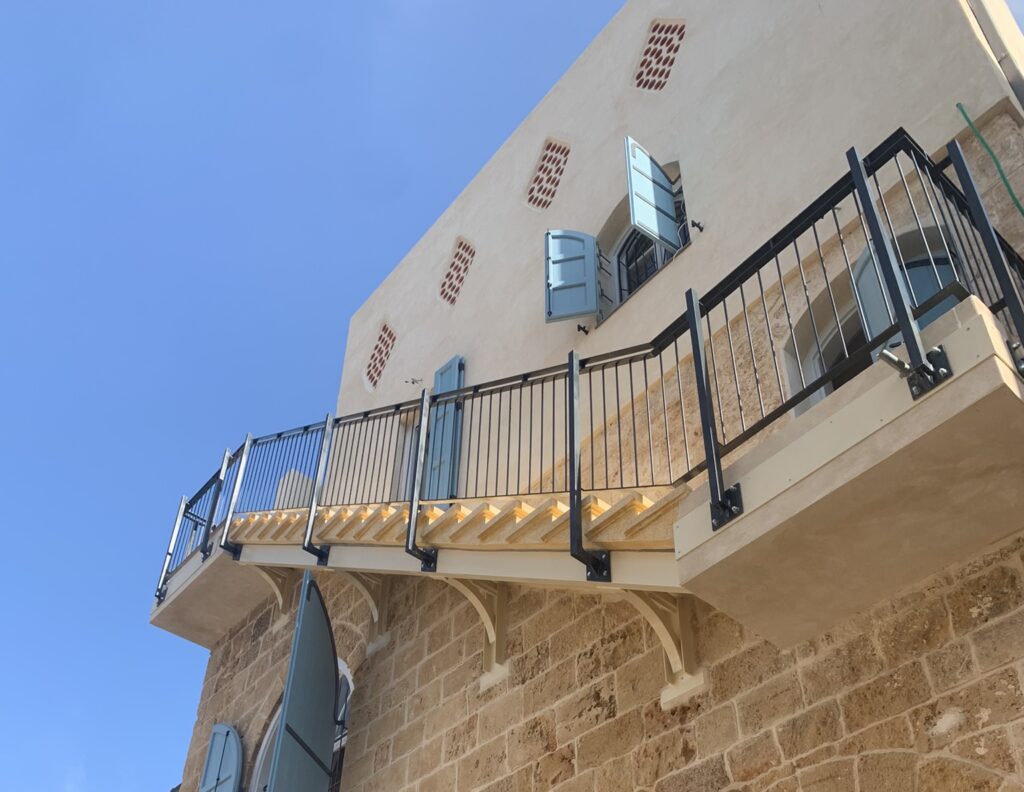Historical Background
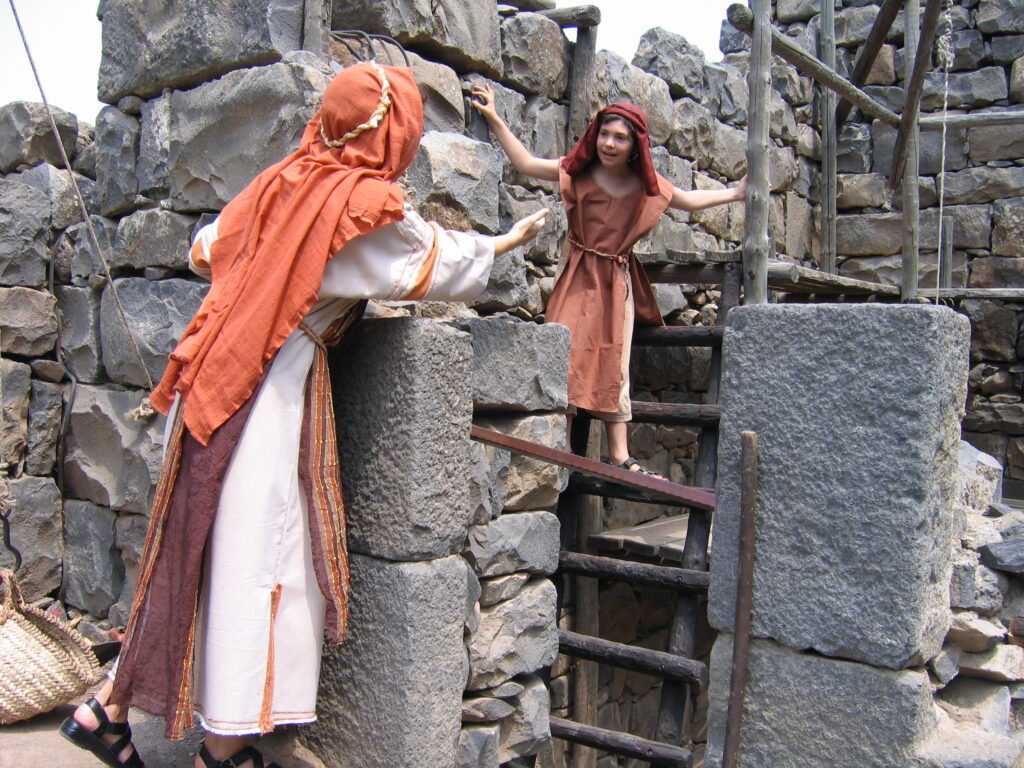
Condition Prior to Conservation
Project Goals
- Restoration and maintenance of the historical reconstructions from the 1980s.
- Construction of new spaces within the reconstructed archaeological zone.
- Creation of an active and accessible visitor environment.
- Integration of new elements such as pergolas, service buildings, and a shallow pool.
- Stabilization of existing elements in the ancient structures, including the synagogue.
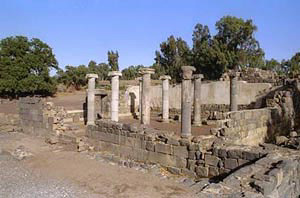
Engineering Challenges
Integration of materials from different periods
The project required combining ancient excavation materials, 1980s reconstruction materials, and modern construction materials.
Building foundations over archaeological remains Advanced engineering solutions were needed to support new structures without compromising ancient remains.
Maintaining future excavation potential
One of the guiding principles of conservation of ancient structures is the reversibility principle—preserving the site in such a way that it can be further studied in the future. This project required an engineering design that would allow for easy dismantling of additions to enable continued archaeological research.
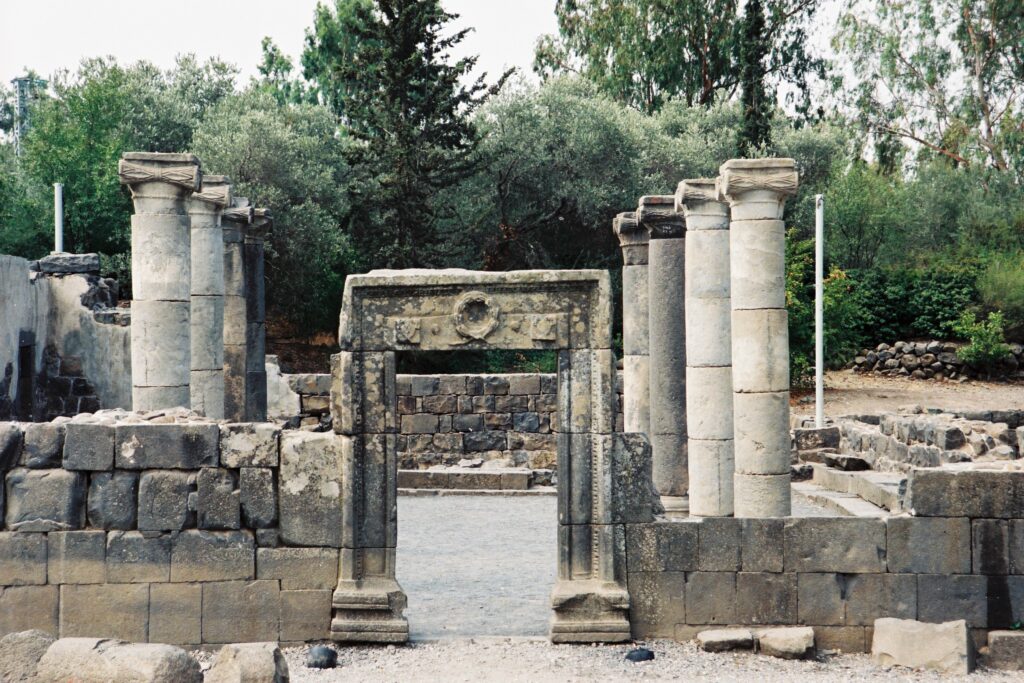
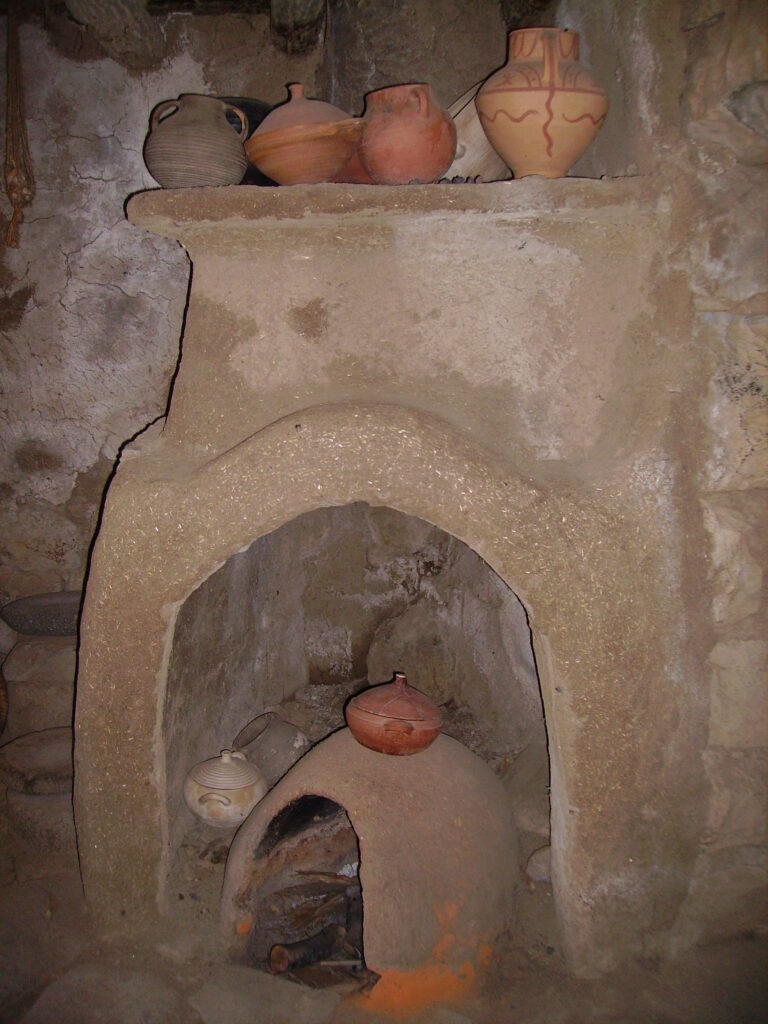
Engineering Solutions
Development of a hybrid construction method
Modern building technologies were used alongside ancient materials, ensuring a clear separation between historical and contemporary layers.
Protective overlay
Protective overlay systems were installed above the archaeological remains to prevent damage.
Modular planning
Following the reversibility principle, all new additions were designed using modular planning concepts to be easily dismantled in the future.
In Partnership With:
Client: Government Tourism Company and Golan Antiquities Museum
Conservators: Eitan Hershkowitz and Eitan Sela
Architect: Avi Or
Phase B Contractor: Boaz Cohen
Conservation Engineering: Schaffer Ronen Engineers – Yaacov Schaffer, Moti Shamis, Yehonatan Oz
